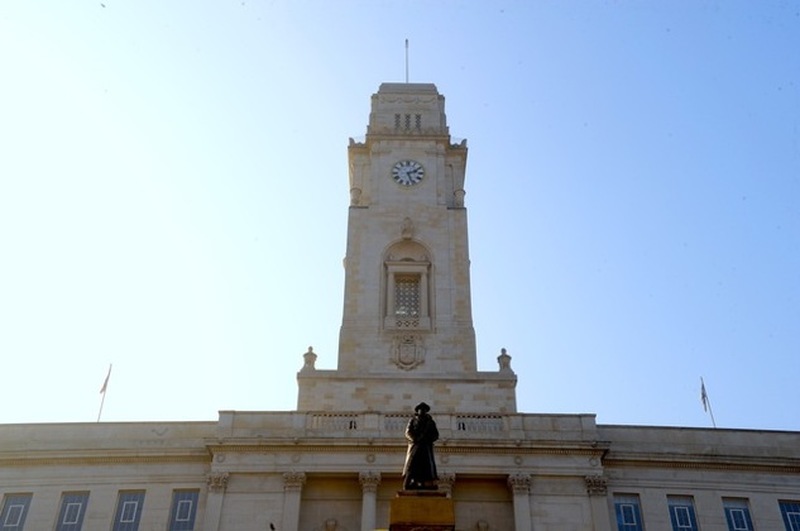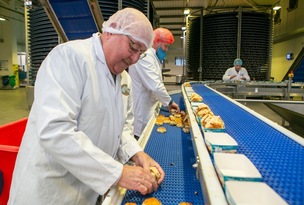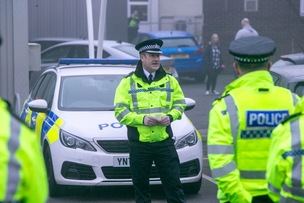CONCERNS that active explosives may remain in land once extensively mined - now the site of a vast redevelopment plan set to yield 1,700 homes - have been raised by one of the mines’ former managers.
The area dubbed MU1, part of the council’s local plan for future development, sits off Barugh Green Road between Pogmoor, Higham and Barugh Green and was subject to opencast mining between the mid-1940s and 1960s before being released back into the green belt.
Also potentially affected by a number of underground coal seams, it was home to opencast coal sites named Craven I, Craven II, Hunters Cottage (and its extension) and Farm House Lane - all of which were backfilled.
Craven II, which sat in the centre of the 122-hectare site’s northern-most half, was excavated to depths of almost 45 metres from 1957 to 1963.
It was also, according to former manager Edward Raven, 93, of Wharfedale Road, the site of frequent heavy blasting with explosive gelignite ‘pills’ that could be heard and felt in neighbouring streets.
Mr Raven recalled a conversation with a dragline operative during his time at the site in the late 1950s, in which the man revealed unexploded pills had occasionally been found in the overburden (material above the coal seam).
If found, these were reused in later blasts - with more than four tons of explosives reportedly used each week - but with it unclear how long gelignite can remain active, Mr Raven said there’s a significant chance some may remain hidden.
“It occurred to me that unfound, unexploded gelignite pills could and probably have remained in the overburden on Craven II and other local backfilled sites including Craven I, Hunters Cottage and extension, Farm House Lane and elsewhere,” he said.
“All these sites were removing the same measures, the same Directorate of Opencast Coal Production (DOCP) and contractors’ staff were operating similarly, using the same equipment and plant, and over the years of operations left the same rare, but possibly plentiful, unexploded pills.
“If it could happen on Craven II, it more than likely happened on all sites where blasting occurred.”
Mr Raven said he had further concerns over water and gas from a historic deep mine drain on the site that he was looking to share with the developers and Coal Authority.
The Coal Authority, which last month began investigations on the land, said in a statement of objection to a hybrid application for more than 1,700 homes - lodged by Strata Homes and Sterling Capitol, who make up the Barnsley West Consortium - it had ‘fundamental concern’ over any building.
The application includes full permission for a 229-home estate, a link road to join two already approved new roundabouts, and 43 hectares of employment land and ‘wildlife corridors’.
Outline approval for the development of 1,531 homes, a new 420-space primary school and ‘community facilities’ is also being sought.
Campaign group Keep It Green has previously called for more stringent investigation to take place and said the application should be revised or rejected should any evidence be found.
A spokesperson said: “Keep It Green have taken a close interest in the ground stability issues concerning site MU1 and even visited the Coal Authority several years ago.
“We also met the former opencast mine manager who had warned of the dangers of gas and potential flooding which could be caused by the development in addition to his concerns about the extensive use of explosives.
“The objection to these plans by the Coal Authority confirms that Keep It Green were right to raise these issues and we support their conclusion that these concerns have to be properly and extensively investigated.”
A spokesperson for Strata Homes told the Chronicle current investigations are ‘routine’.




























